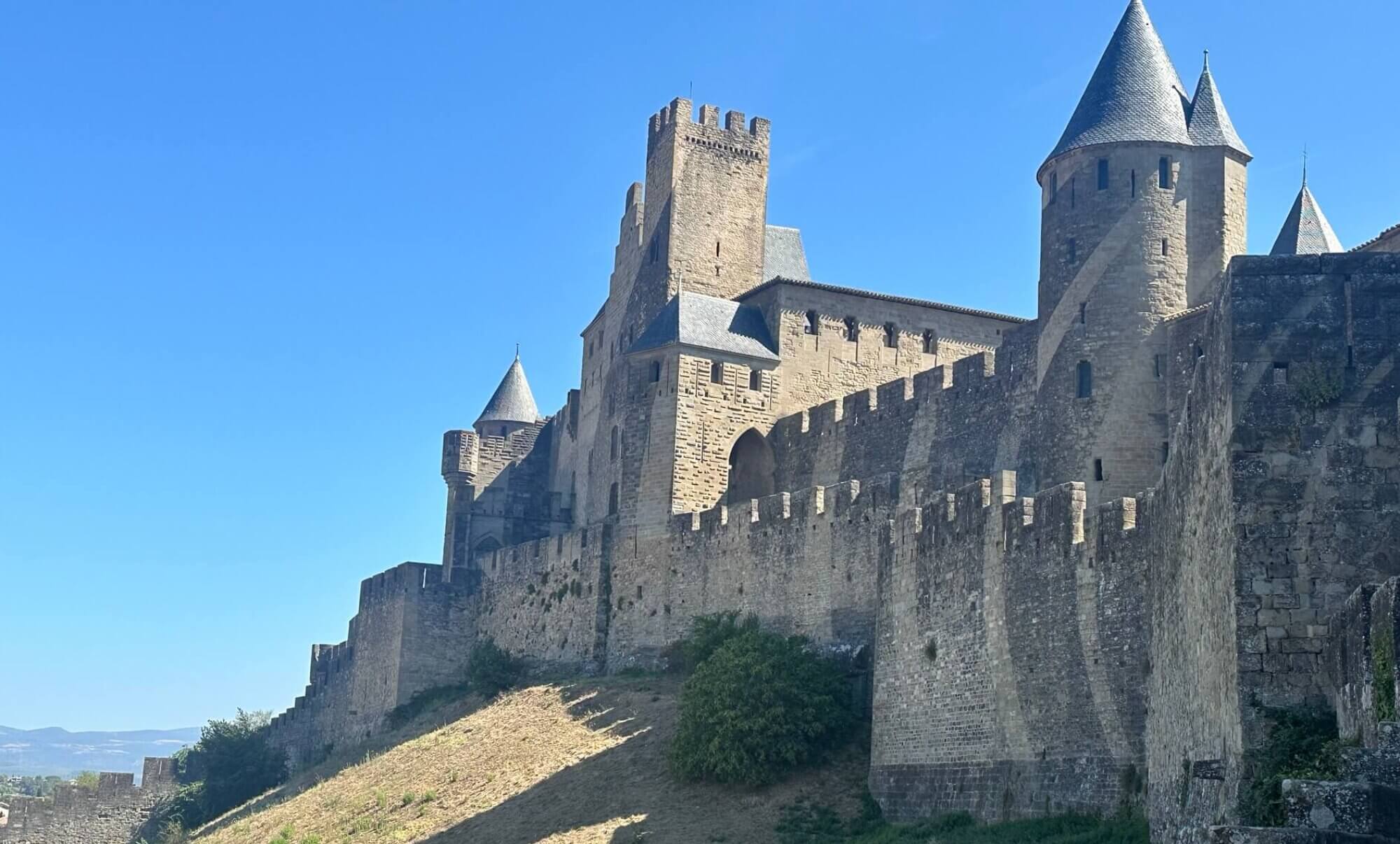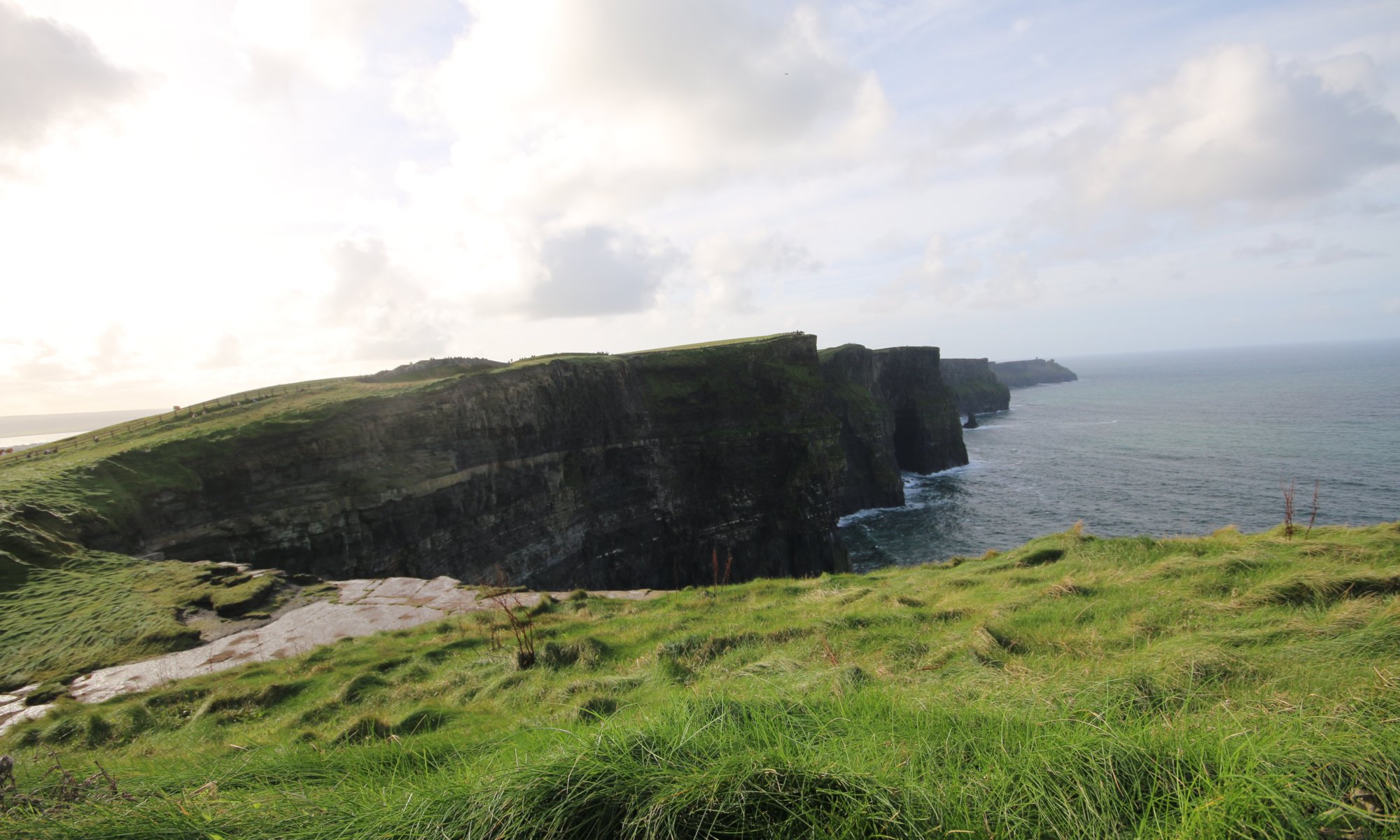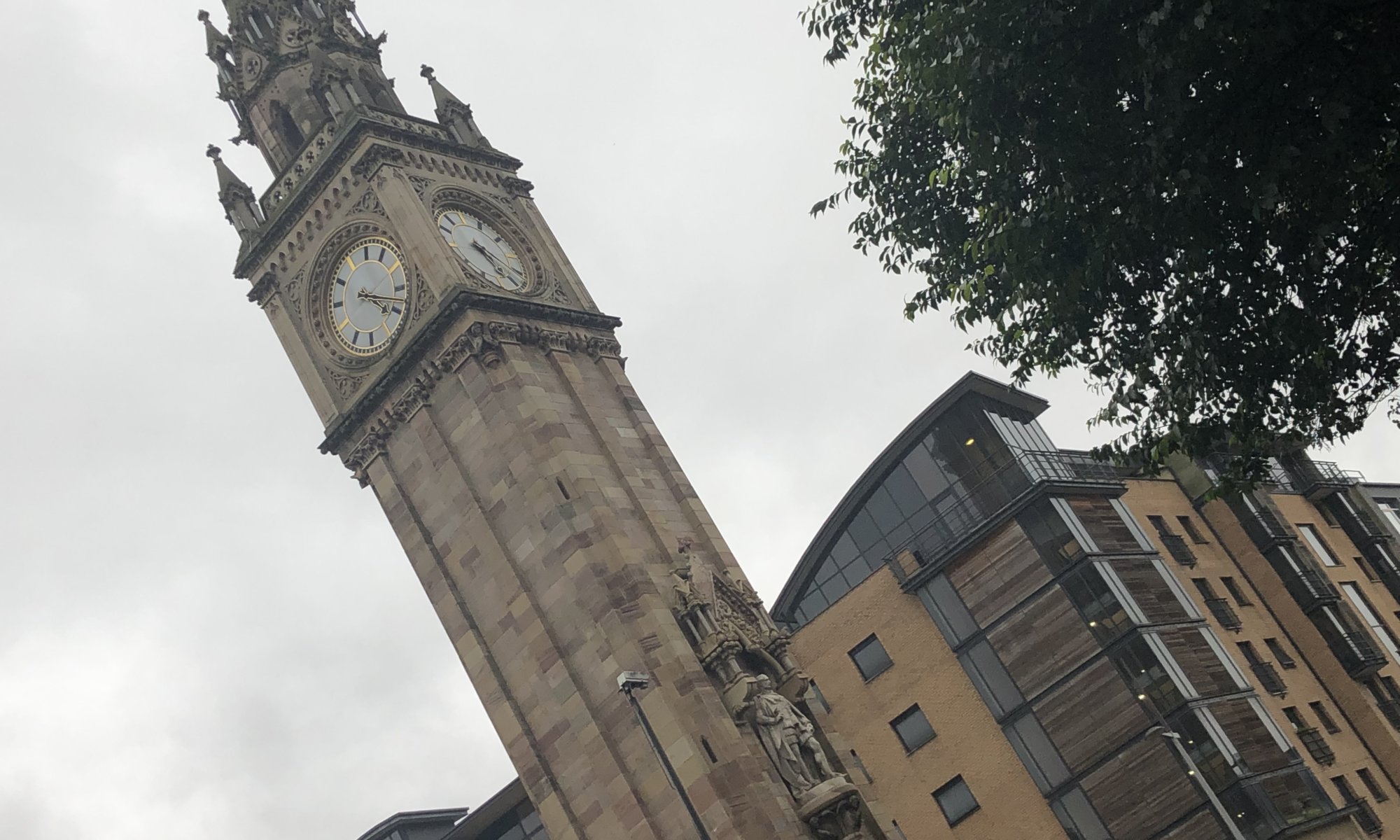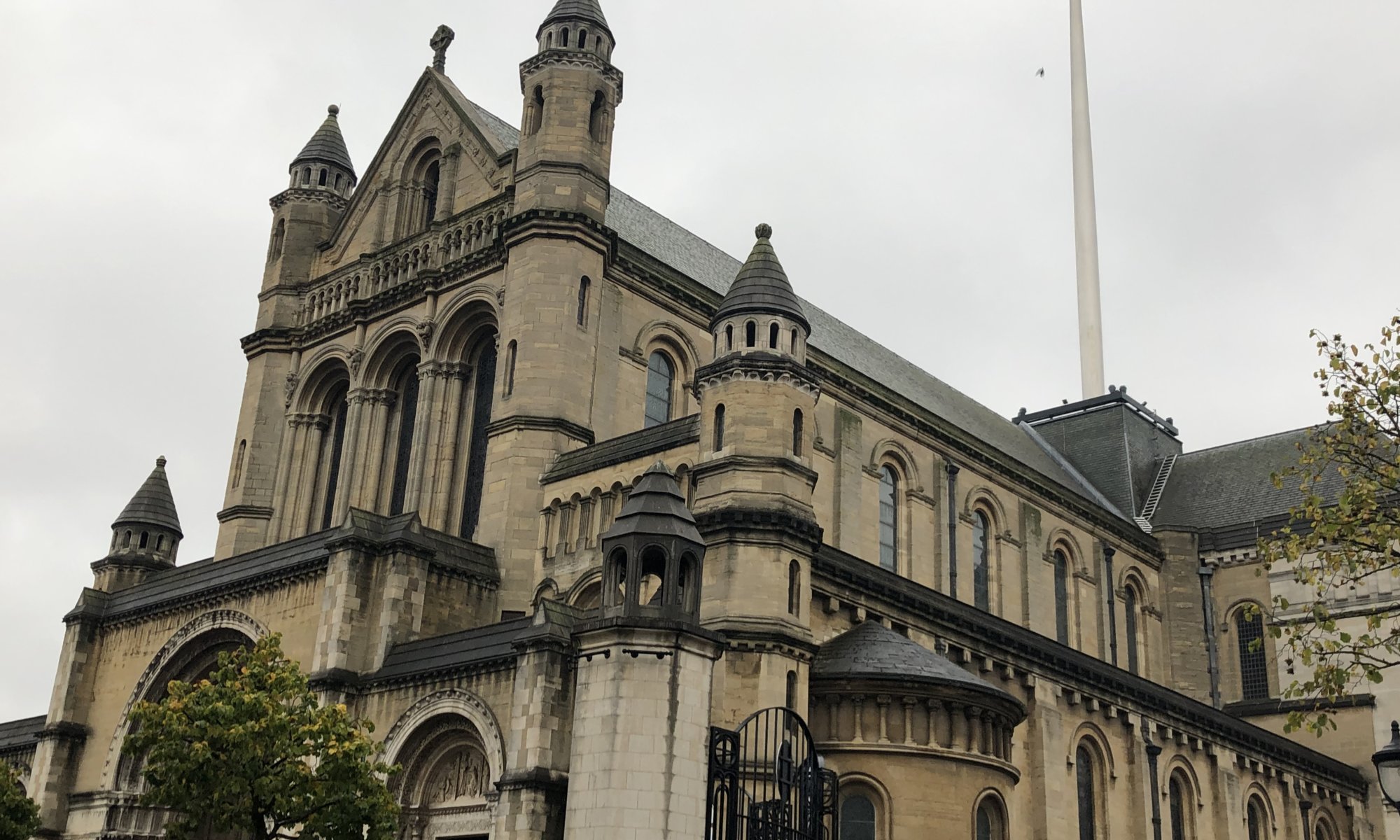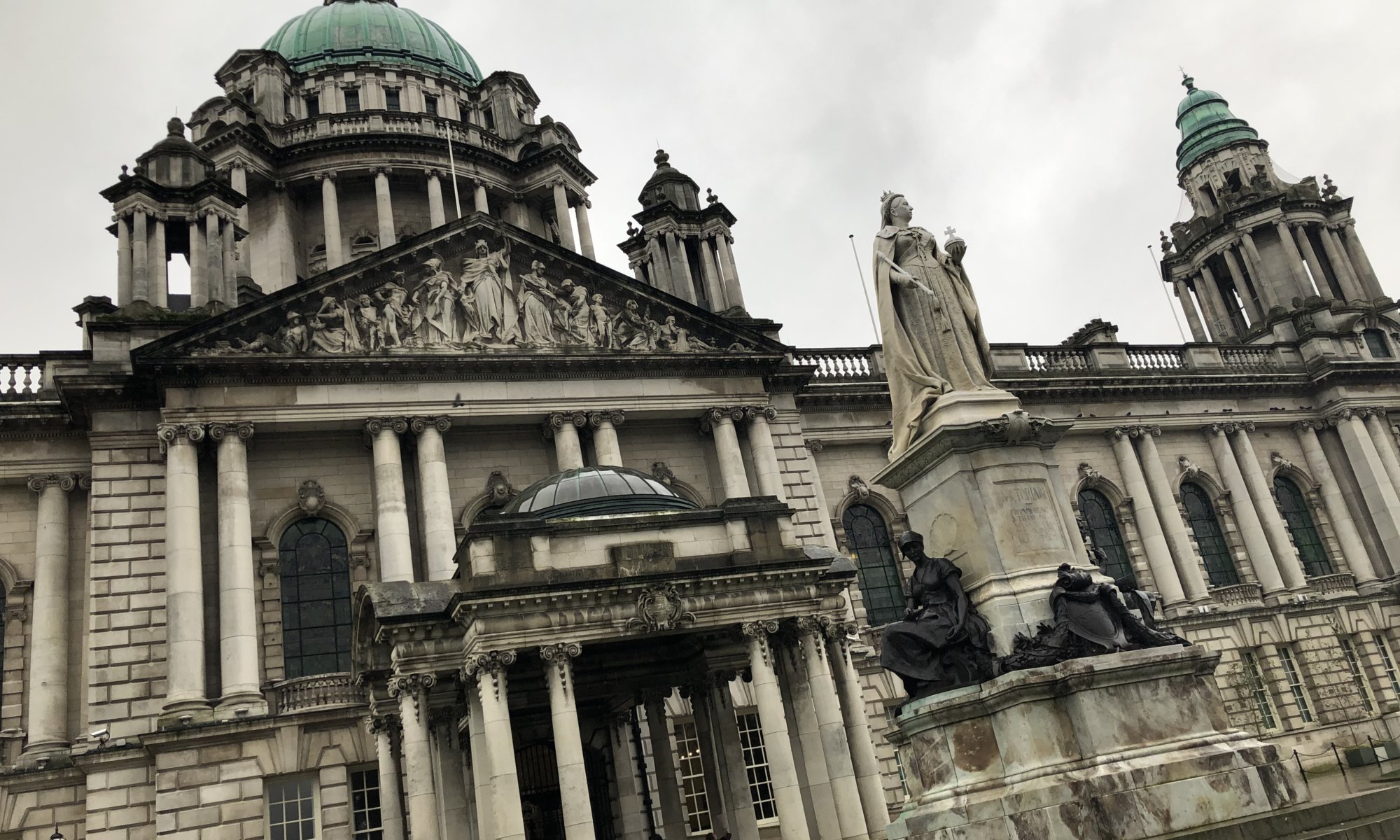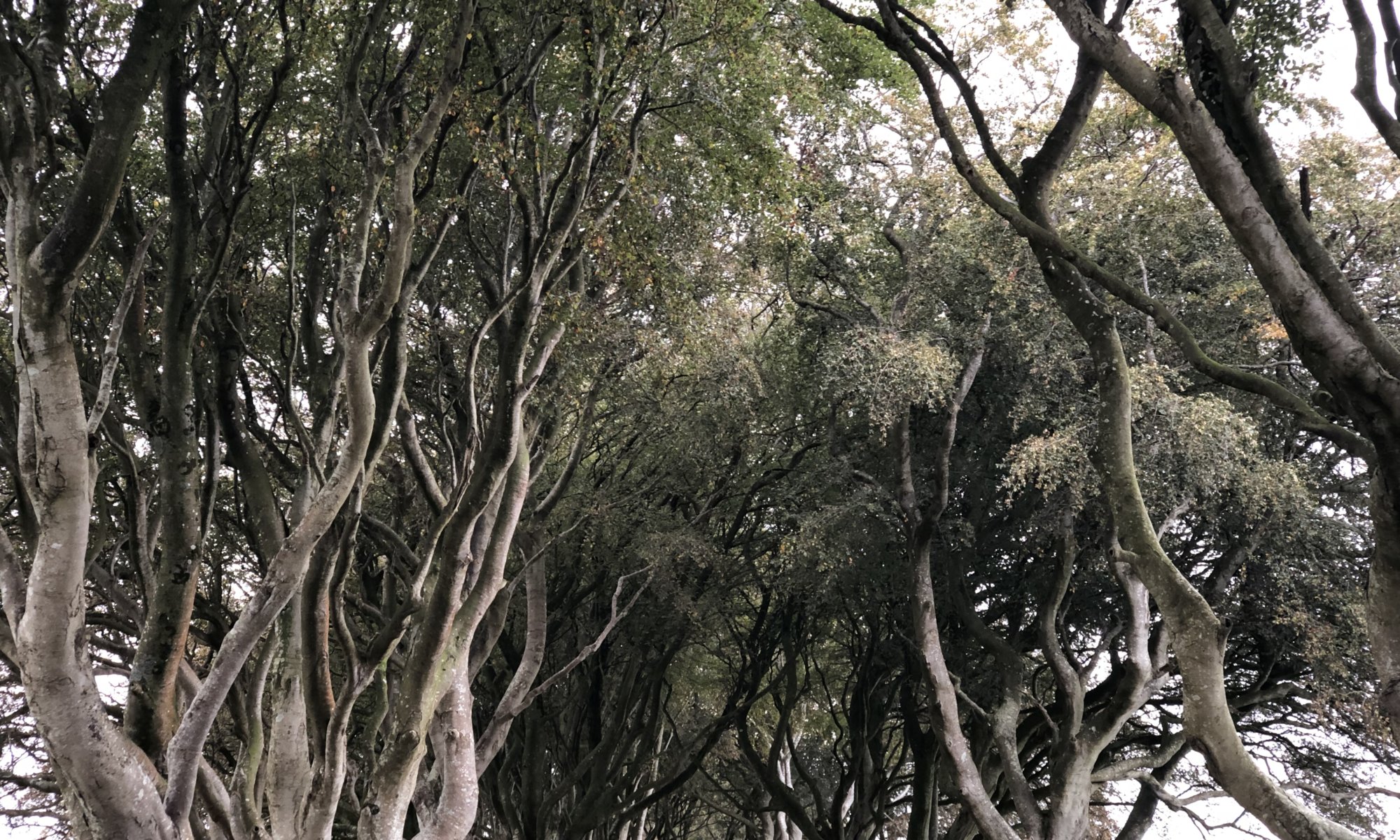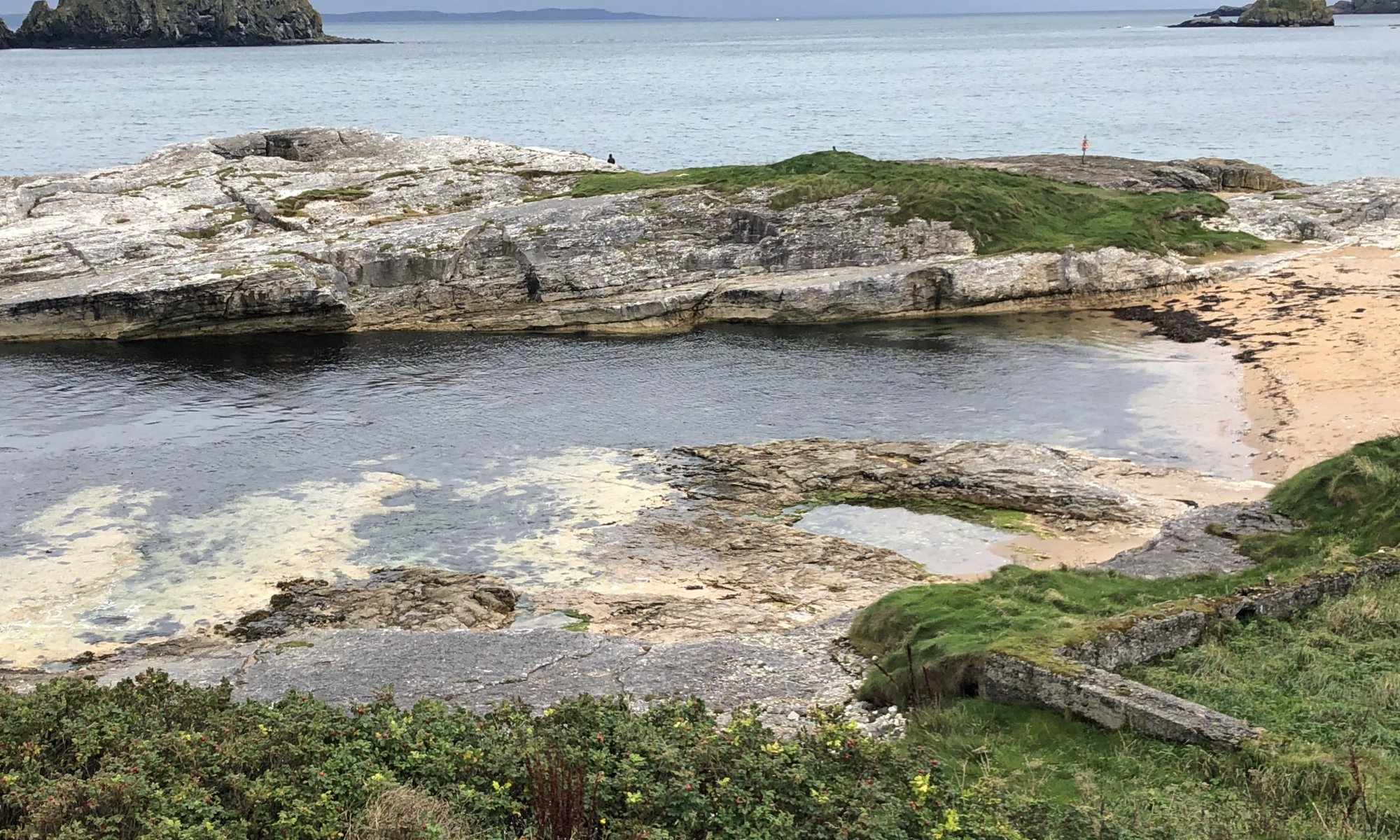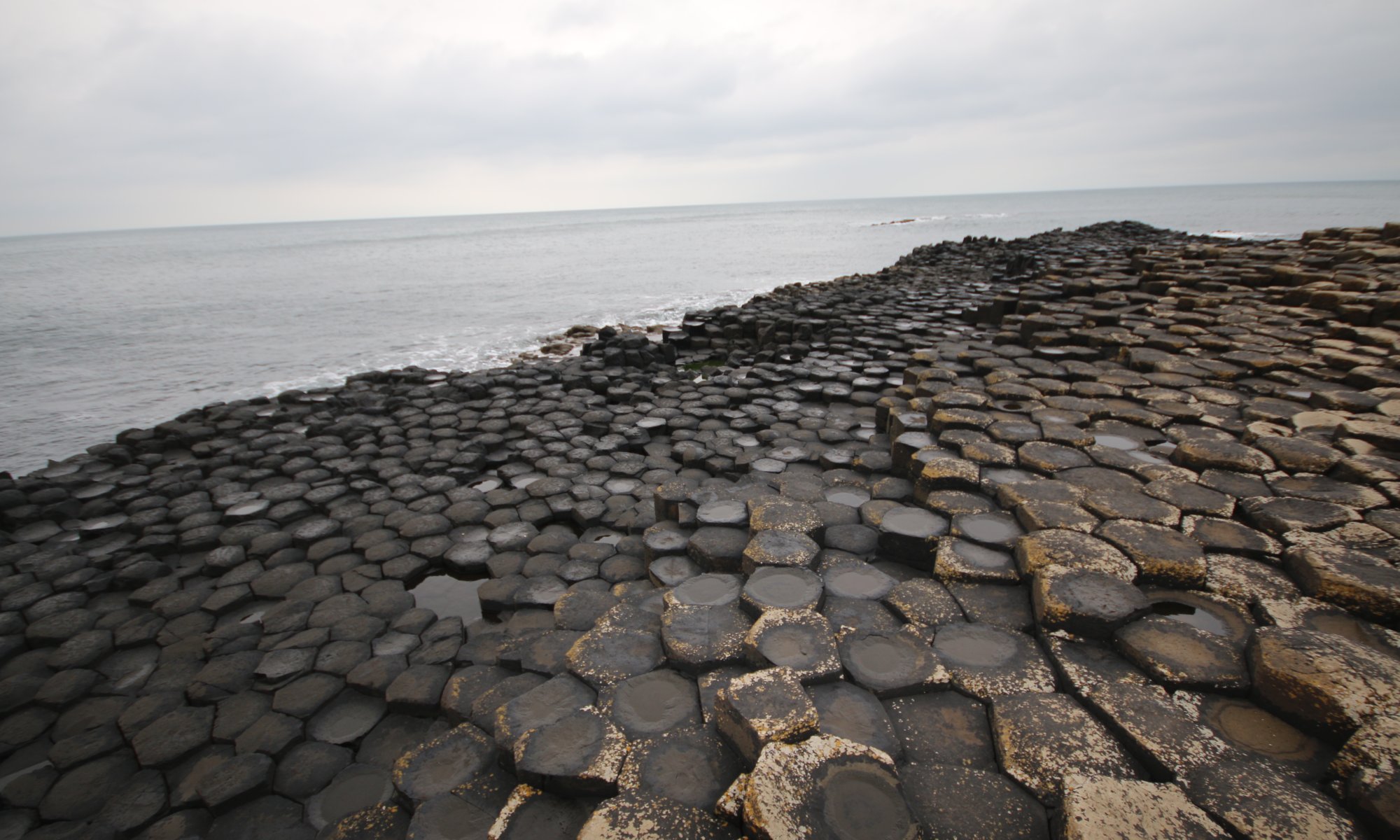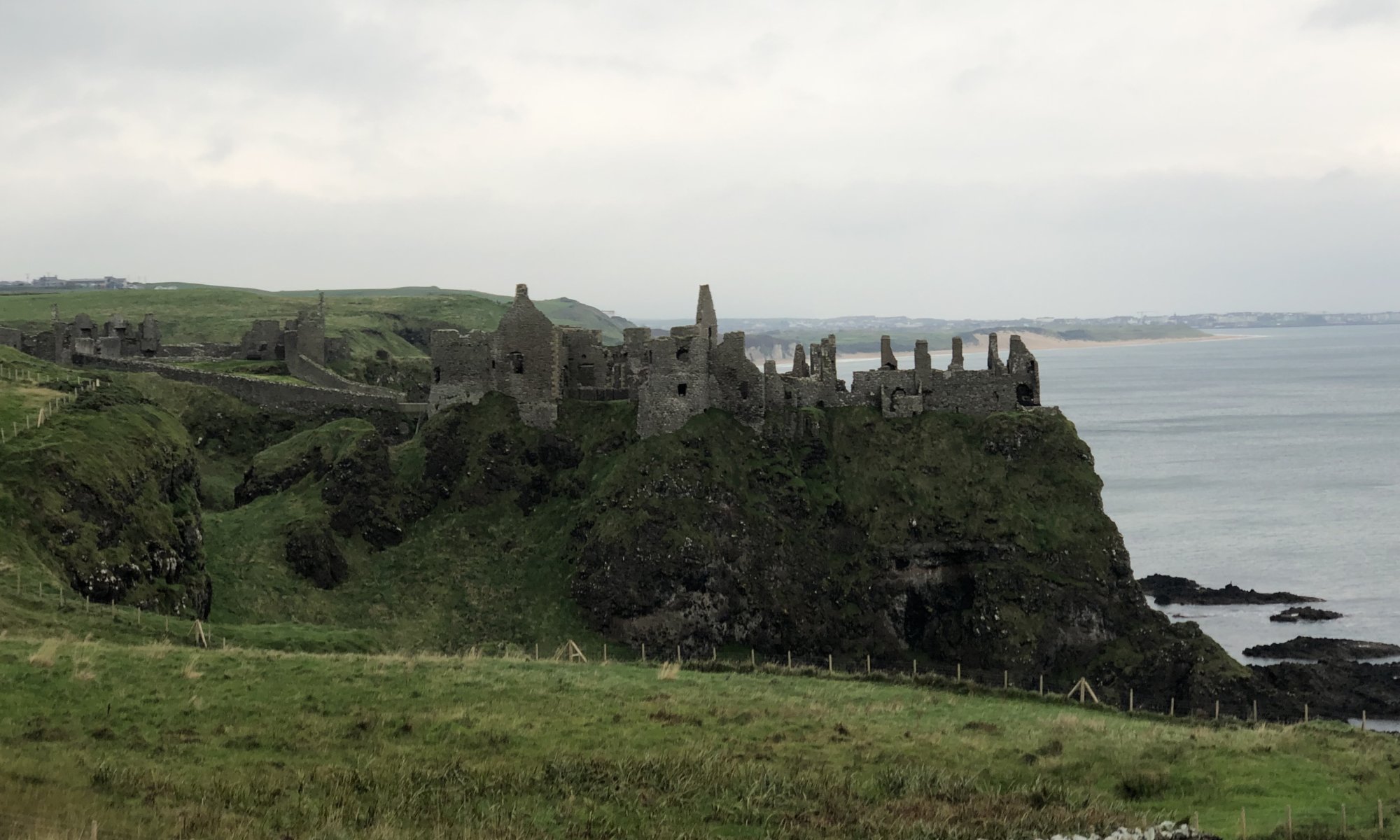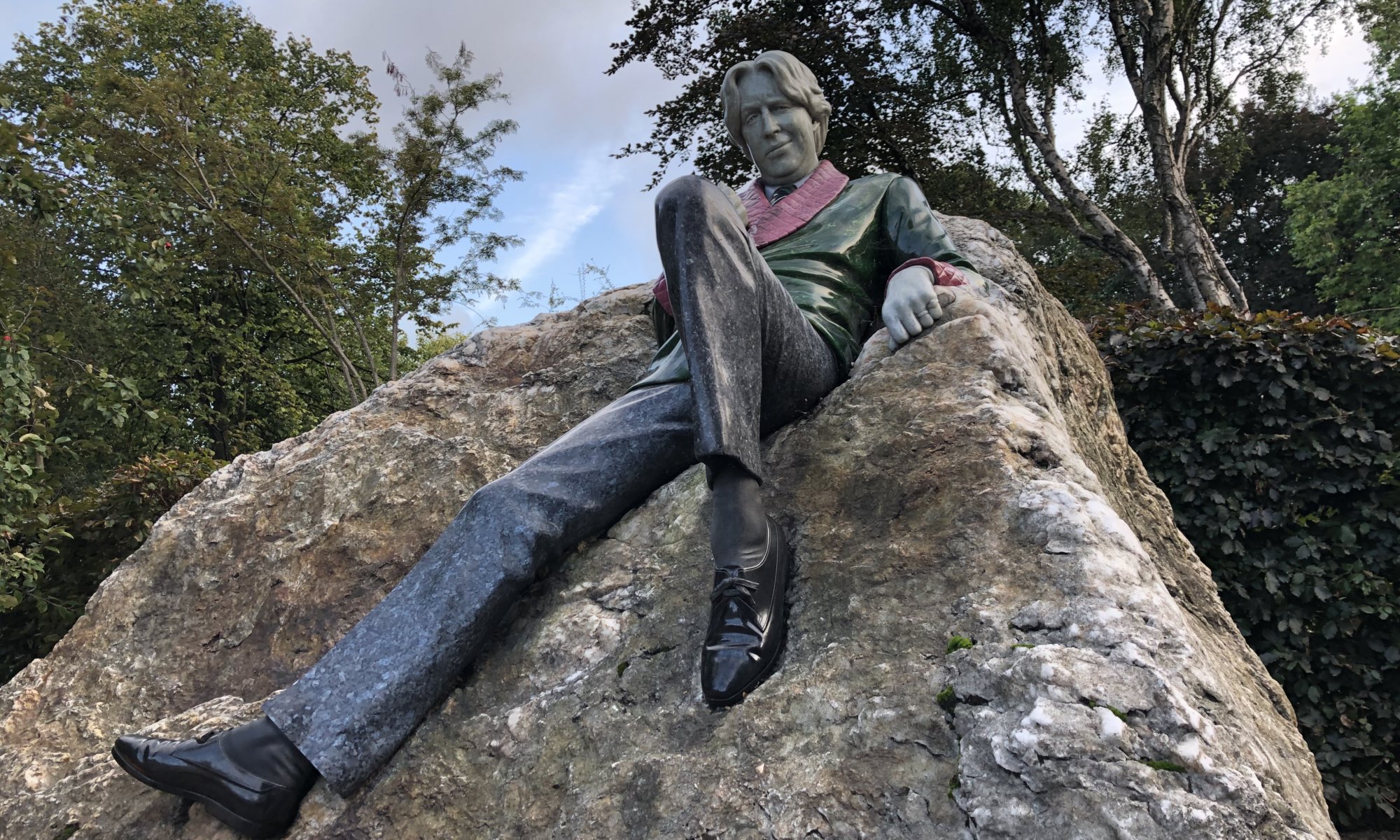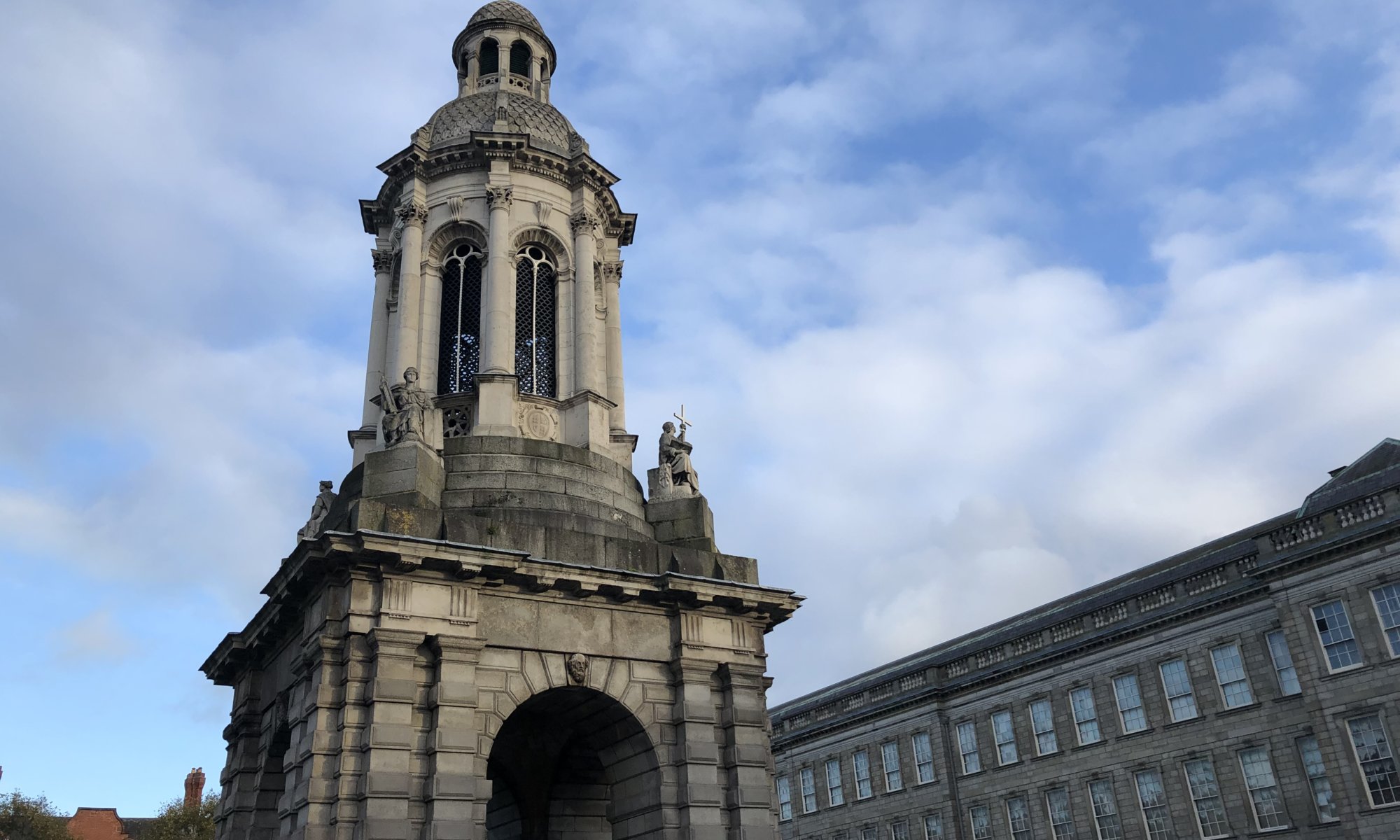The natural highlight in Ireland. A rough landscape, with sea cliffs that are nearly vertical, unreal rock formations and the contrast between the grey stone and the green plants make this a wonderful place. The Cliffs of Moher are not the highest cliffs in Ireland (even though they are 200 meters high) – but the most famous. The touristic infrastructure is very good but also a vast amount of visitors makes this sometimes a massively crowded place. The name comes from an old fort in this region called Mothar.
Continue reading “Cliffs of Moher”Clock tower
Clock towers are famous in different cultures and religions. I saw them on the Balkans as a result for the former Osman or Islamic rule. But we all know the Elizabeth tower in London with the famous bell Big Ben within. Another good example is the Albert memorial clock tower in Belfast, Northern Ireland. It was finished in 1869 and it commemorates Prince Albert of Saxe-Coburg and Gotha, the husband of Queen Victoria. It is an absolute town’s landmark of Belfast.
Continue reading “Clock tower”St. Anne‘s cathedral
While walking through the streets of Belfast, Northern Ireland, you might come across a quite unusual church building: the Belfast cathedral or St. Anne’s cathedral. It is the seat of two bishops and the foundation stone was laid in 1899. Different parts of the church are memorials for soldiers like the West being dedicated to those Irish who fought in World War I. That feels a bit odd or uncommon. And the church contains two special features: a giant Celtic cross on the outside that attracted my attention and a 40-metre high spire made of stainless steel – the Spire of Hope.
Continue reading “St. Anne‘s cathedral”City hall
One of the most impressive buildings in Belfast, Northern Ireland, is the ancient city hall (Halla na Cathrach Bhéal Feirste). It was built between 1896 and 1906 under supervision of the architect Alfred Brumwell Thomas. It is a beautiful building in baroque revival style and because of its 53 meters high, green cupola you can see it already from far away. Inside you’ll find a lot of marble, some statues and especially beautiful glass windows.
Continue reading “City hall”The Dark Hedges
The most photographed trees of Northern Ireland can be found in Ballymoney: an alley of serpentine beeches along a road. Once there where 150 of them, now there are only 90 left. The branches of the trees wind like serpents into the sky and form a very atmospheric tunnel. They were planted in 1775 to decorate the road to a newly built estate. It is said that a ghost called the ‘grey lady’ is living next to them. Thye are called the Dark Hedges and became massively famous when they were shown in the TV series Game of Thrones.
Continue reading “The Dark Hedges”Iron islands
The Iron islands are a kingdom within the TV series Game of Thrones. The people living there are seafaring and calling themselves the ironborn. Rulers of that fictive region is the House Greyjoy and kings are made by drowning them in the water of the sea. They worship the Drowned God and their slogan is ‘What is dead may never die‘. Scenes for the TV series were mostly shot in Ballintoy harbour in Northern Ireland. It is a small ancient harbour underneath some houses on the coast.
Continue reading “Iron islands”Giant‘s causeway
The Giant’s causeway is one of the natural highlights of Northern Ireland. 40,000 steles of basalt directly at the shore, surrounded by a wonderful landscape. Since 1986 this place is a UNESCO world heritage site. After arriving at the visitor’s centre you can take a shuttle bus to the steles or walk on two different (a long and a short) routes through this place. It is absolutely worth also to include the longer path as it includes additional volcanic structures called the giant’s organ and shepherd’s steps from which you have great views on the area from up above. But the highlight is, of course, to climb on the hexagonal structures close to the sea.
Continue reading “Giant‘s causeway”Harrenhal
In Game of Thrones the castle Harrenhal is the biggest fortress ever built – but it was destroyed by a dragon of Aegon. Therefore it is mostly shown as a giant ruin on the TV series. How to digitally create such a place? The moviemakers decided to take Dunluce castle (Dún Lios means ‘strong fortress‘) in Northern Ireland as their blueprint. It is a ruin standing next to the shore. There were no scenes filmed directly at the castle but the castle was scanned and reproduced digitally.
Continue reading “Harrenhal”Merrion square
If you need a place to relax in the city centre of Dublin, Ireland, you can find Merrion square close to Trinity college. It is a garden in the Georgian style which was planned and realized after 1762. It contains a collection of historic street lanterns, an underground air-raid shelter but it is mostly known for a sculpture placed here: Oscar Wilde iconically hanging out on a stone. The author of The Picture of Dorian Gray and The Canterville Ghost was living between 1855 and 1876 in Merrion Square 1.
Continue reading “Merrion square”Trinity college
Trinity college is a well-known university in Dublin, Ireland. Its campus is located directly in the city centre and it was created with Oxford and Cambridge in mind – a real ivy-league university. The university was founded in 1592 (yes, really!) by Queen Elizabeth and is the oldest of Ireland and one of the oldest in the world. Very uncommon for a university is that it is very much visited by tourists. And that is not only because of the beautiful buildings and the campanile (a tower on the campus).
Continue reading “Trinity college”